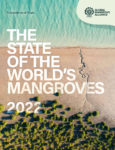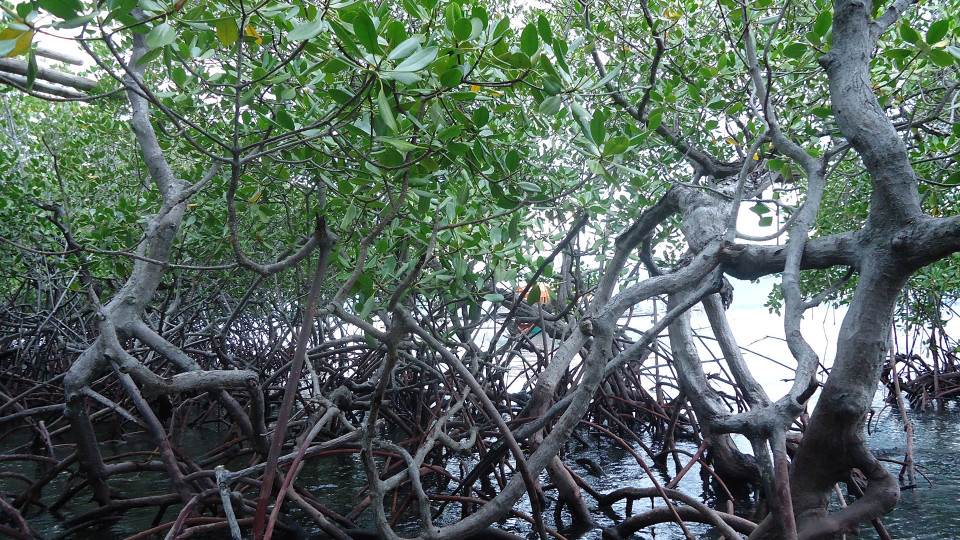Today the Global Mangrove Alliance (GMA) released its annual report, The State of the World’s Mangroves 2022, a compilation of the most current information available on what we know about mangrove forests and what’s being done to reverse the downward trends impacting the coastal trees and the local communities who depend on them.
We now have access to more extensive and reliable knowledge via data updates to Global Mangrove Watch maps–the evidence base informing the Global Mangrove Alliance–that brings coverage from 2016 up to 2020. With this new insight, we can now say that there are 147,000km2 of mangroves remaining worldwide, an area about the size of Bangladesh.
Lammert Hilarides, Senior Technical Officer with Wetlands International said:
“We understand the benefits of healthy mangrove ecosystems for climate mitigation and resilience against extreme weather. We know where mangroves are most at risk and where they can best be restored, and we know how to revitalize them by using the principles of ‘ecological mangrove restoration’ and local knowledge. We just need the political and financial will, with all hands on deck, to safeguard and intelligently restore these incredibly valuable ecosystems for the good of humanity and nature.”
Highlights from the report:
- Preventing just 1% of mangrove loss results in two hundred million tons of carbon locked away. Restoration of losses since 1996 could safeguard carbon in soil and aboveground biomass equivalent to 1.27gigatons of CO2– equating to over 520 million barrels of oil, or the annual emissions of 49 million cars in the USA.
- The GMA goal of “restoring half” of the 8,183km2 of restorable area by 2030, particularly in Southeast Asia, could result in an additional 25 billion commercial marine fish and shellfish and benefit 4.1 million small-scale fishers and countless communities that rely on mangroves for their livelihoods.
- Mangroves prevent more than $65 billion in property damages from storms and reduce flood risk to some 15 million people every year.
- Mangroves are the most efficient carbon capture and storage systems on the planet. They currently store carbon that’s equivalent to over 21 billion tons of CO2.

The State of the Worlds Mangroves Report [2022]
downloadAbout the GMA In 2018, Conservation International (CI), the International Union for Conservation of Nature (IUCN), The Nature Conservancy (TNC), Wetlands International (WI), and World Wildlife Fund (WWF) formed the Global Mangrove Alliance (GMA). Today, over 30 member organizations share the twin goals of restoring and recovering 50% of recent mangrove loss and doubling the area of mangroves under effective and equitable protection and management.
Notes to Editors:
For more information about ecological mangrove restoration see here
Contacts:
Lammert Hilarides, Technical Officer with Wetlands International,
email: [email protected]
Susanna Tol, Senior Advocacy Officer with Wetlands International,
email: [email protected]
Emma Barnes, Ocean Communications, WWF,
email: [email protected]
Mark Spalding, Senior Scientist with The Nature Conservancy,
email: [email protected]

